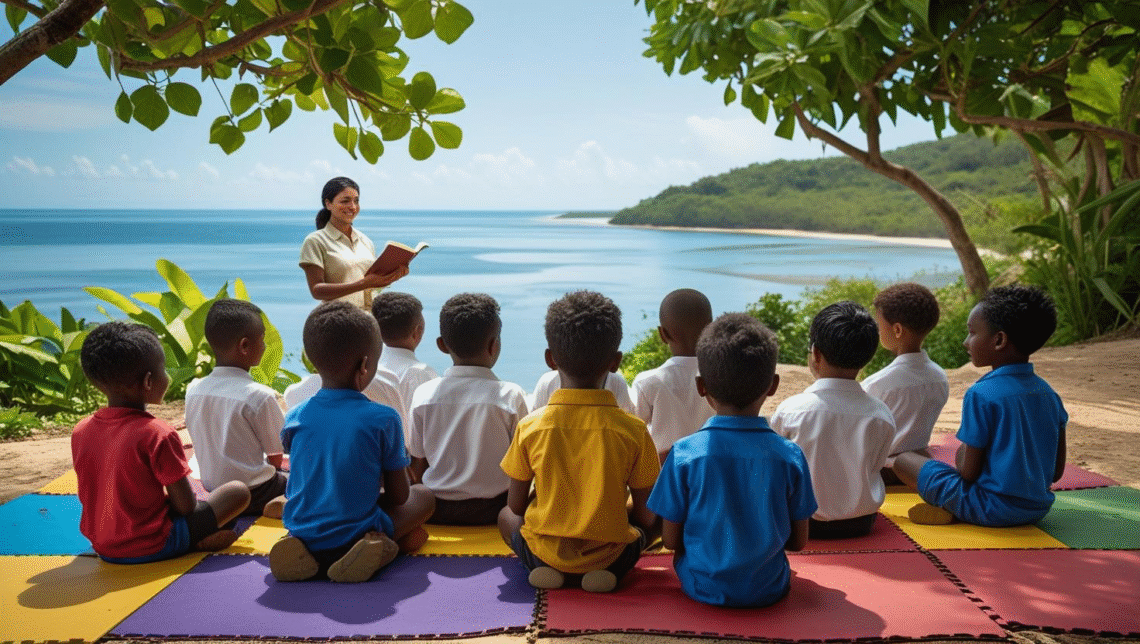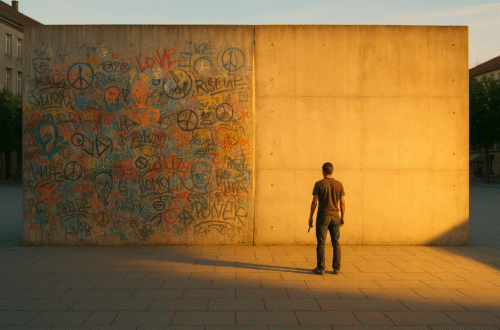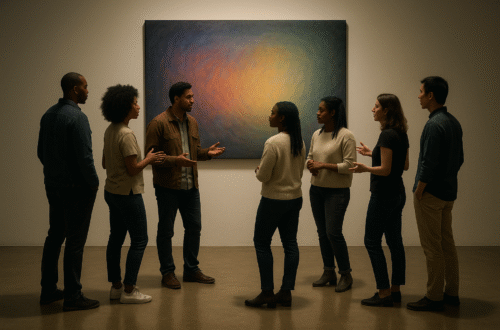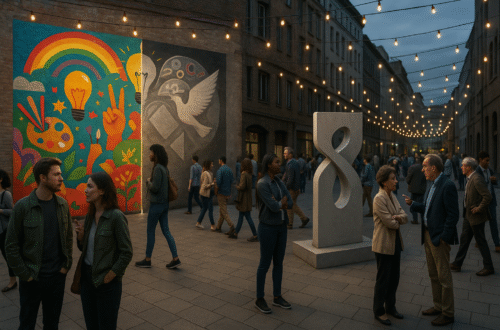On hope for those on the margins
It was the sound of dripping that woke me, a slow, methodical tapping from the far corner of the room. Rain had fallen heavily through the night, and the old gutter above my study, overburdened and ill-hinged, had betrayed its duty once again. A neat rivulet had traced its way along the windowsill, forming a small, glistening pool on the floorboards just beneath the shelf of travel memoirs.
As I mopped it up I was struck by the quiet symbolism of it all. Water, in its patient insistence, finds the weak places. It seeps in not where things are strong, but where they’ve been overlooked. It does not rush the front door; it enters through the margins.
And so it is in the world.
The rising waters of our age, both literal and metaphorical, have not, on the whole, flooded the great capitals or the gated suburbs. They have come first to the low-lying lands, the outlying islands, the coastal villages whose names most maps do not trouble to include. They have arrived in the lives of farmers whose soil has turned to salt, in the coughs of children breathing acrid air, in the stories of families whose ancestral homes are now measured in inches above the tide.
I have seen such places, walked their muddy roads. I remember once standing in the courtyard of a small school on the banks of the Demerara river, watching a group of children recite poetry while floodwaters licked at the edge of the field. Their teacher, a tall man with kind eyes and weathered hands, told me quietly, “We don’t ask if it will flood. We now ask how much time we have.”
There was no drama in his voice. No outrage. Just the weary calm of someone who has had to make peace with the indifference of the tide.
And yet, even there, I saw signs of hope. Not the glossy kind you’ll find in marketing campaigns or grant proposals, but the quiet, dogged kind that survives on the edges. I saw hope in a mother planting cassava on higher ground. Hope in a church rebuilt on stilts. Hope in a child who sings, not because the world is safe, but because her voice still rises.
This is what we must remember: the margins are not only places of suffering. They are also the places where hope is most fiercely defended.
But we, who live inland, in spirit if not in geography, must decide what it means to respond. The storms are coming and they are not isolated. The rising waters are not just physical. Climate change is not simply an environmental issue; it is a human one. It is about belonging and displacement, memory and justice, loss and adaptation. It is about whose stories are heard, and whose are left behind when the world redraws its coastlines.
And so, to be a curator of hope in such times is to listen quite deliberately to the margins. To hear the stories of those already living the future we fear, and to honour them not as victims, but as prophets. It is to resist the temptation to be paralysed by guilt or distanced by comfort. It is to learn, to act, and most of all, to walk beside.
You need not be an expert in climate science. You only need to be willing to ask, Who is already carrying the cost of my convenience? You only need to let that question change the way you live, spend, travel, vote, and pray.
There is no tidy answer, of course. The tide will come. The maps will change. But if we are willing, even now, to act with tenderness and urgency, then hope may yet find high ground.
So I invite you to lift your gaze to the margins. Learn the name of one community vulnerable to rising waters whether it be it in the Pacific Islands, the Caribbean coast, or the bayous of the American South. Read their stories, not with pity, but with respect. Then ask yourself: What is mine to do?
Perhaps it is reducing your own footprint, or supporting an organisation doing grounded climate work. Perhaps it is sharing what you’ve learned with your community. Perhaps it is simply holding these lives in prayer—not as statistics, but as fellow bearers of light.
For to curate hope in an age of rising waters is to remember that no one is expendable. That the margins matter. That even amidst the flood, there are songs still being sung.
And it is our calling to listen.





